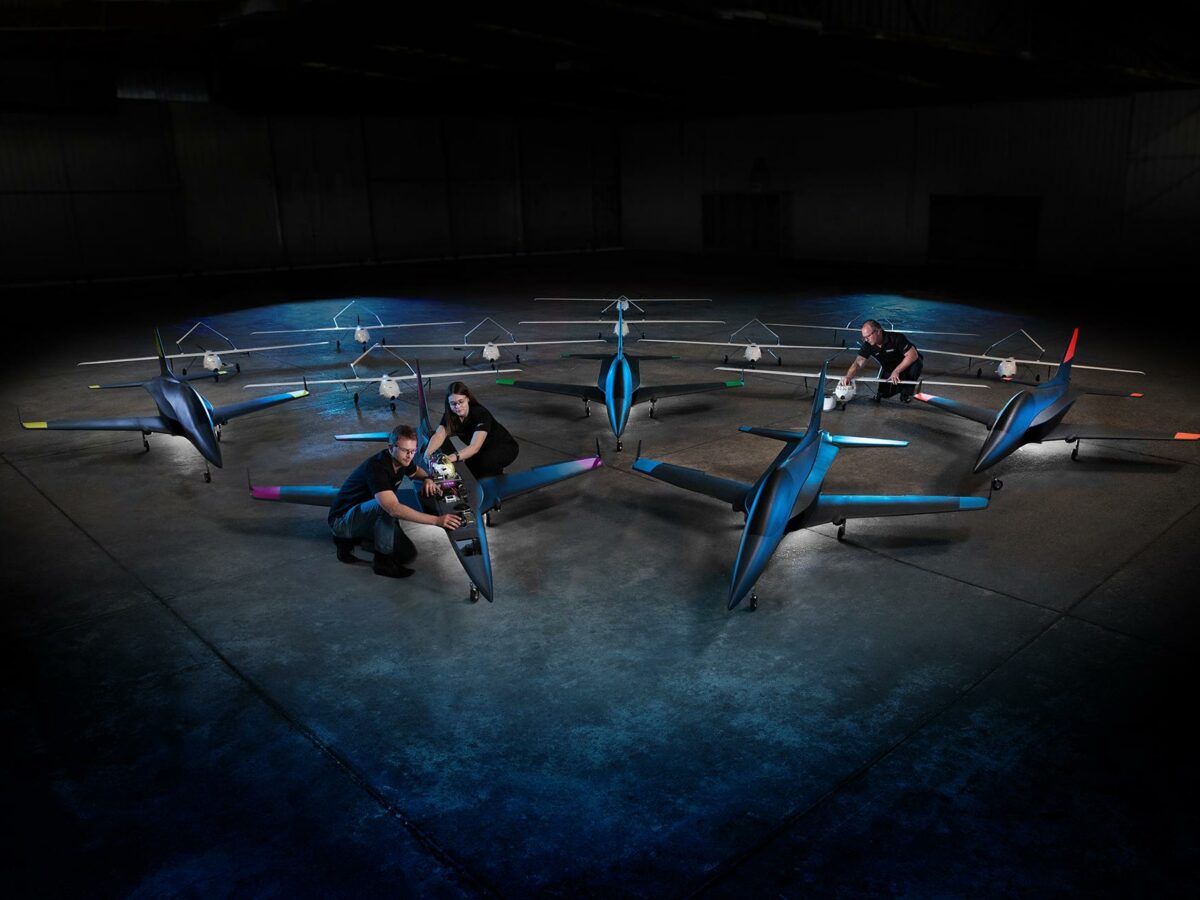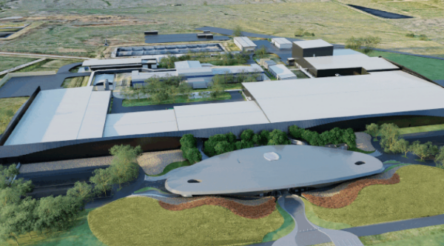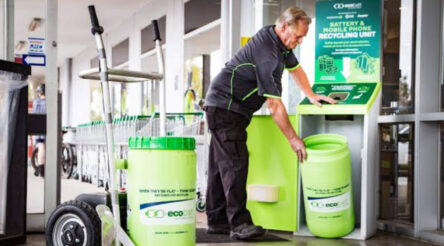Boeing accelerates Loyal Wingman aircraft development

Boeing Australia is accelerating development of the Loyal Wingman unmanned aerial vehicle the company is developing in Melbourne and Brisbane for the RAAF.
The company has advanced laboratory and prototype development in preparation for first flight of prototypes next year.
Boeing has fielded 15 autonomous test bed aircraft to refine autonomous control algorithms, data fusion, object detection systems, and collision avoidance behaviours, according to Dr. Shane Arnott, director of Boeing’s Phantom Works International.
Arnott said: “We’ve flown 10 of those autonomous test beds in formation using our mission system technology.
“We are continuing to increase the speed and complexity of our testing, most recently with five much larger high-performance jets with the capacity to fly up to 300 kilometers per hour, ahead of the full-speed prototype flight.”
In February the Australian Government annouced the programme to develop a prototype aircraft that will test the potential of unmanned military aircraft.
The Loyal Wingman is designed to protect and extend airpower by teaming multiple unmanned platforms with manned assets such as Australia’s F-35 Lightning aircraft to achieve a range of missions.
RAAF aircraft such as the F-35 and F-18 Growlers are communications nodes that can assimilate date from multiple sources and control multiple military assets, including unmanned aircraft.
Arnott said: “Our aircraft and mission system is well advanced in our rigorous design and test programme, bolstered by Boeing’s adoption of digital engineering.
“As a result, we have a live digital copy of the entire aircraft design that we have been able to “fly” thousands of times under different scenarios to test aircraft performance and the mission system.”
The Boeing team is using its world-class Systems Analysis Laboratory based in Brisbane, Australia, to simulate and model critical mission capabilities and the aircraft product lifecycle.
“That is making the real difference in ensuring we can maintain an agile schedule, and offer a truly affordable, unmanned teaming solution for global customers.”
Arnott described the Loyal Wingman as ‘attritable’, by which he meant loss of one aircraft in formation would not effect the ability of a group of craft to complete its mission.
Now Boeing has taken the learnings from the lab and is advancing field testing of the mission system installed in existing aircraft.
These are the 15 autonomous test bed aircraft that along with laboratory results are important steps in meeting the goals of the Loyal Wingman Advanced Development Programme.
Boeing is working closely with the RAAF to refine the manned-unmanned teaming solution to address specific operational needs, and ensure manned pilots can trust and easily understand the unmanned systems flying with them.
“This has significantly de-risked and reduced the aircraft test programme costs, and improved the robustness of the mission system to support a wide range of possible threat scenarios.
“We have placed a particular focus on ensuring our underlying ‘watchdog algorithms’ provide the right level of AI and autonomy for manned-unmanned teaming operations.
“The algorithm rules defined by our customer are designed to ensure the operator in command of the teaming fleet can expect the same outcome each time, with a focus on building operator trust in autonomy behaviours.”
The work being done in Australia also serves as the foundation for a global unmanned smart teaming system Boeing launched at the Avalon Airshow called the Boeing Airpower Teaming System (ATS).
Designed and developed by Boeing Australia and powered by AI, the ATS is a modular and highly customisable aircraft with fighter-like flight capabilities.
Kristin Robertson, vice president and general manager of Boeing Autonomous Systems, said Boeing sees the ATS working as a true force partner, where the pilot of a manned aircraft could call on the team to complement and support a specific threat-based mission.
Robertson said: “It is our goal to help customers bring quantity to the fight and to integrate sovereign capability, data links, sensors and communications systems in a wider ecosystem of platforms that work together.
“The testing being done now is another step in getting a force multiplier to the warfighter, but with the confidence in AI they need.”
Picture: Boeing Australia
Subscribe to our free @AuManufacturing newsletter here.
Topics Manufacturing News
@aumanufacturing Sections
Analysis and Commentary Awards Defence Manufacturing News Podcast Technology Videos










